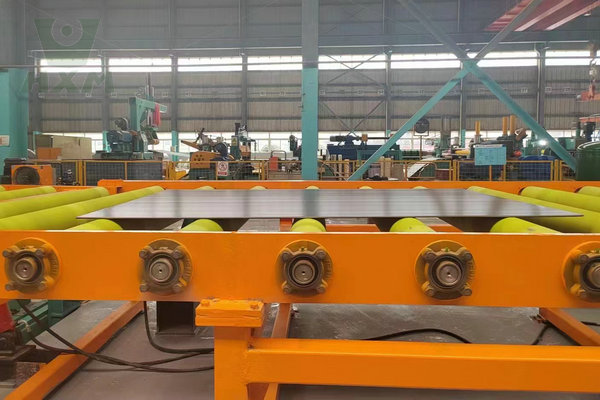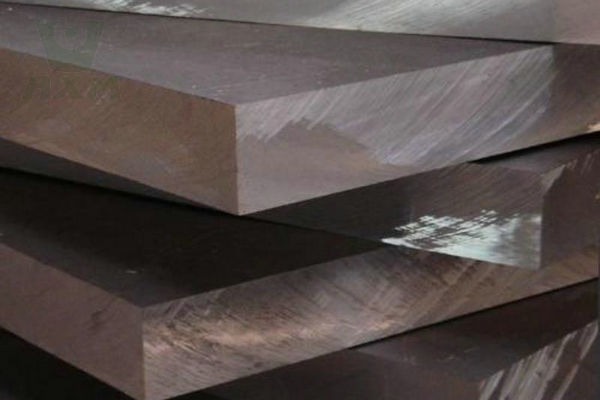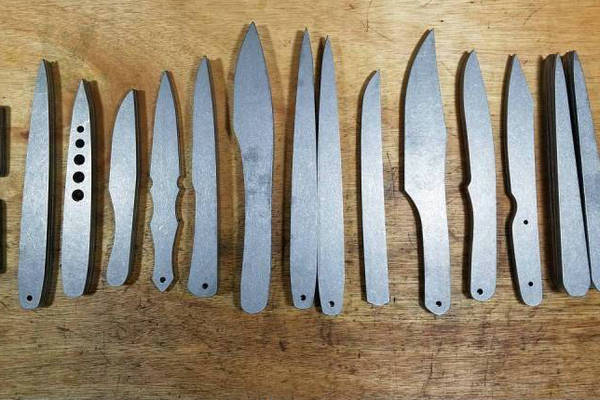Preheating and post-heat treatment: Preheating and post-heat treatment are usually required to reduce the tendency of welding cracks.
Preheating temperature: Generally between 150°C and 350°C, depending on the type of steel and thickness.
Post-heat treatment: Slow cooling after welding and tempering treatment to reduce welding stress and hardness.
Welding materials: It is very important to select appropriate welding materials to ensure that the welded joint has good toughness and strength.
Welding rod: Low hydrogen welding rod or welding rod containing alloying elements such as nickel and molybdenum.
Welding wire: Select low hydrogen welding wire or special welding wire that matches the parent material.
Welding method: Commonly used welding methods include manual arc welding (SMAW), gas shielded welding (GMAW), tungsten inert gas shielded welding (TIG), and submerged arc welding (SAW).
Manual arc welding (SMAW): Use low hydrogen welding rods and stable welding quality.
Gas-shielded welding (GMAW): Use inert gas (such as argon) protection to reduce welding defects.
Tungsten inert gas welding (TIG): suitable for thin plate welding, high welding quality.
Submerged arc welding (SAW): suitable for thick plate welding, high efficiency.
Welding parameters: control welding current, voltage, and welding speed to reduce heat input and prevent overheating and cracks.
Welding current: control within the appropriate range to avoid overheating caused by excessive current.
Welding speed: keep uniform, avoid too fast or too slow.
Welding Process Steps of High Carbon Steel
Preheating: Preheat the welding area before welding to reduce thermal stress and cracks.
Welding: Select appropriate welding methods and welding materials according to the welding process and control welding parameters.
Interlayer temperature control: When welding multiple layers, control the temperature between each layer to avoid overheating.
Post-heat treatment: Slowly cool after welding and perform tempering to reduce welding stress and hardness.
Quality inspection: Perform non-destructive testing (such as ultrasonic testing, and radiographic testing) and mechanical property testing to ensure welding quality.








